How two historic Adelaide architecture firms balance progress and tradition
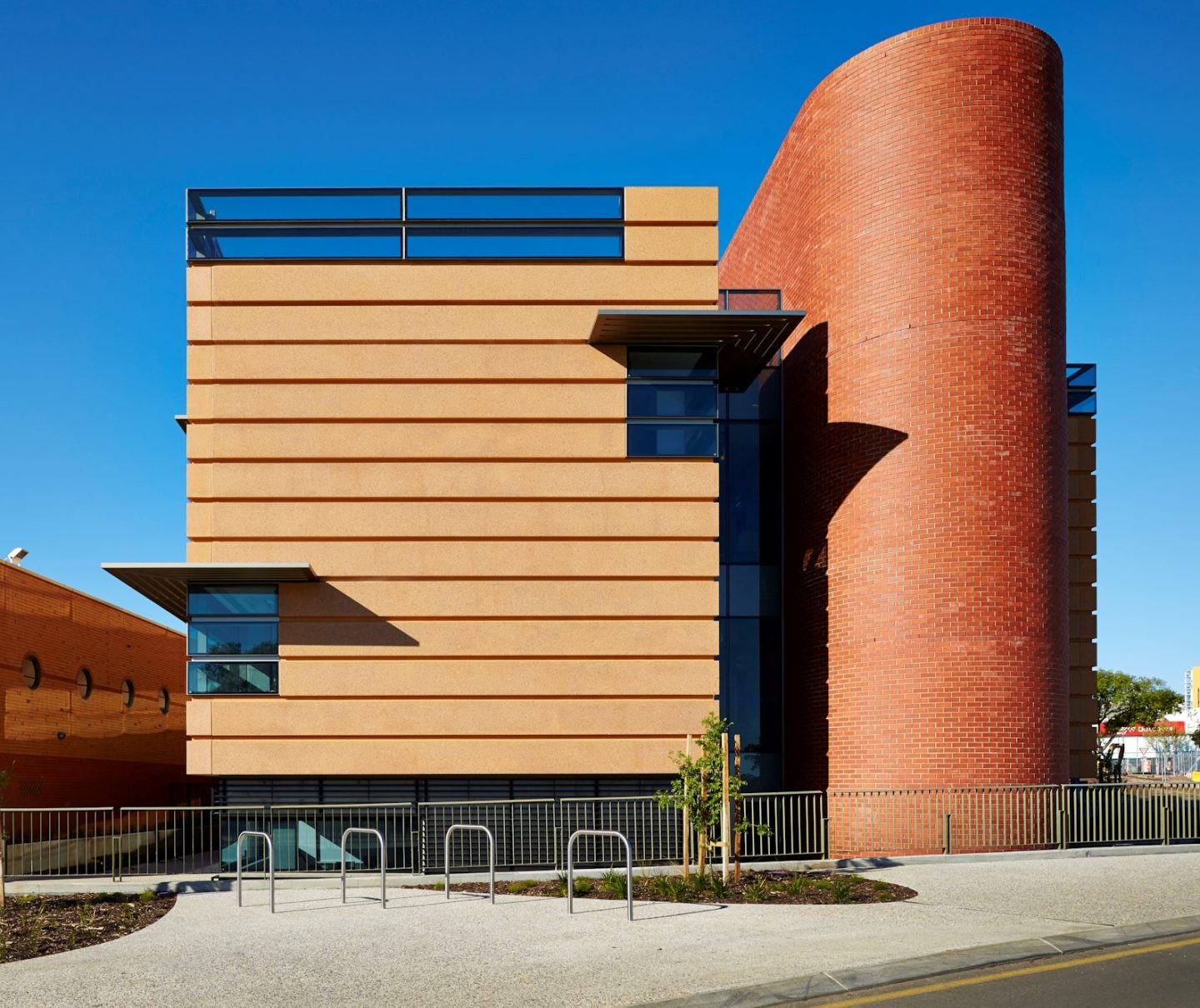
Adelaide is the birthplace of two of Australia’s oldest and yet most progressive architecture firms with rich design histories and bold visions for the future – and both celebrate significant milestones this year.
Established in 1851, JPE Design Studio is Australia’s oldest architectural practice and is responsible for many of Adelaide’s landmarks including the original buildings of the Adelaide Railway Station, Adelaide Oval Members’ Stand and Prince Alfred College, to name a few.
More contemporary JPE projects include Pridham Hall for UniSA in Hindley Street, the adaptive reuse of the Mayfair Hotel and Lot 14 innovation hub at the former Royal Adelaide Hospital site.
Architect Adrian Evans, who has led JPE since 2002, is confident about the new generation of directors guiding the multidisciplinary practice into the future. Director Josephine Evans says the 168-year-old firm has survived and flourished due to its ability to continually “explore and challenge the status quo”.
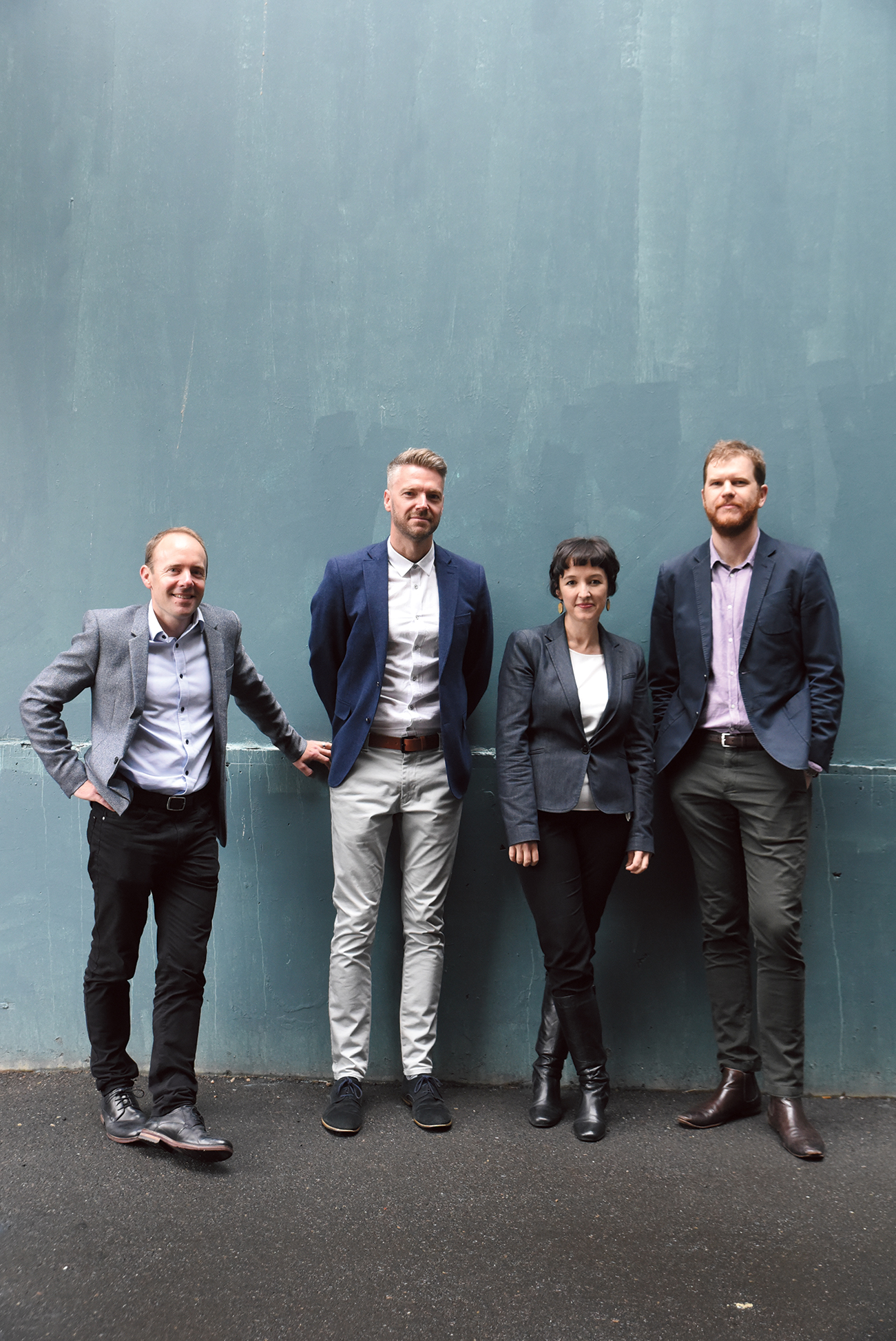
“I feel like we’re still emerging, and I think we’ve been emerging since 1851,” she says.
“A baton, a way of thinking, has been handed on from generation to generation and we’ve always been able to adapt and respond to change.
“We’re a little bit experimental, and a little bit ahead of the norm with that attitude. It’s our professional role to be innovating all the time and that’s probably why we’re still around.”
Evans describes JPE as “really ingrained” in the state’s history but says the team also wants to further develop its global mindset.
JPE brought award-winning Norwegian firm Snøhetta here to work on UniSA’s Pridham Hall building and also collaborated with progressive Danish outfit Bjarke Ingles Group (BIG) on its art gallery design for the Adelaide Contemporary International Design Competition.
Evans says she was inspired by observing how the international firms constantly experiment within their own studios.
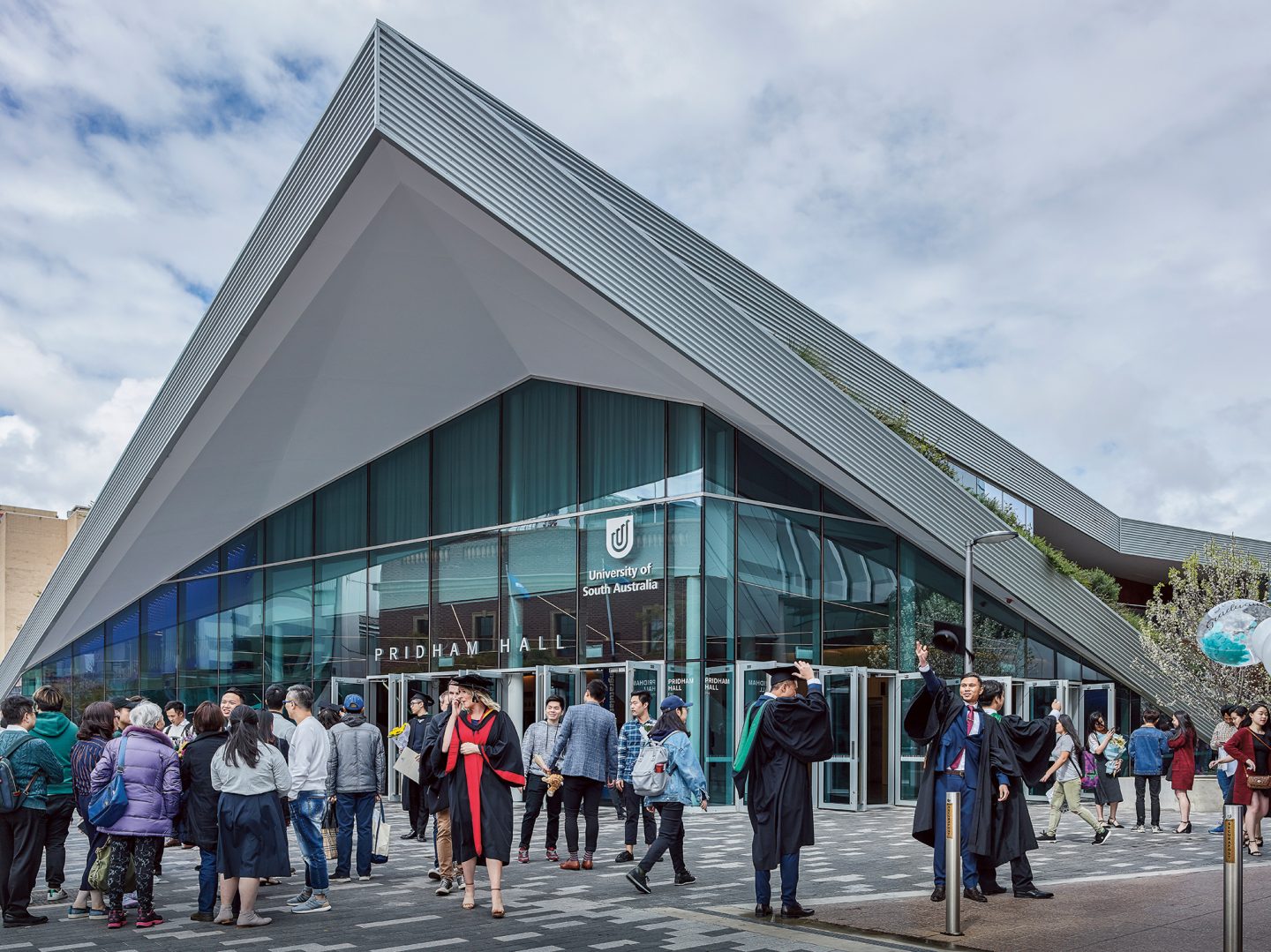
“They employ researchers, scientists and thinkers as part of the architectural service, and we relate to that because we can see it’s the future,” she says.
“For JPE, our future plans include expanding our disciplines, really starting to test the kind of creative mindset in terms of what we can offer clients.
“For example, if we have a scientist in the room who specialises in the creative brain, we could explore ideas about workplace design and how to get the best out of staff by creating spaces that encourage thinking in an innovative way.”
She says this collaborative mindset is the key to smart design. Creative thinking “is not a risk, it’s actually essential”.
“Great design is hard. It does take people around the table who trust in the process, and trust that, to really innovate, we often have to do something for the first time.”
Another company that has its origins in Adelaide is global architecture firm Woods Bagot, which celebrated its 150th anniversary in August with an event staged at the site of its first project, St Peter’s Cathedral in North Adelaide. A more recent example of its design work is the South Australian Health and Medical Research Institute (SAHMRI) building on North Terrace, one of many in a portfolio of projects around the world.
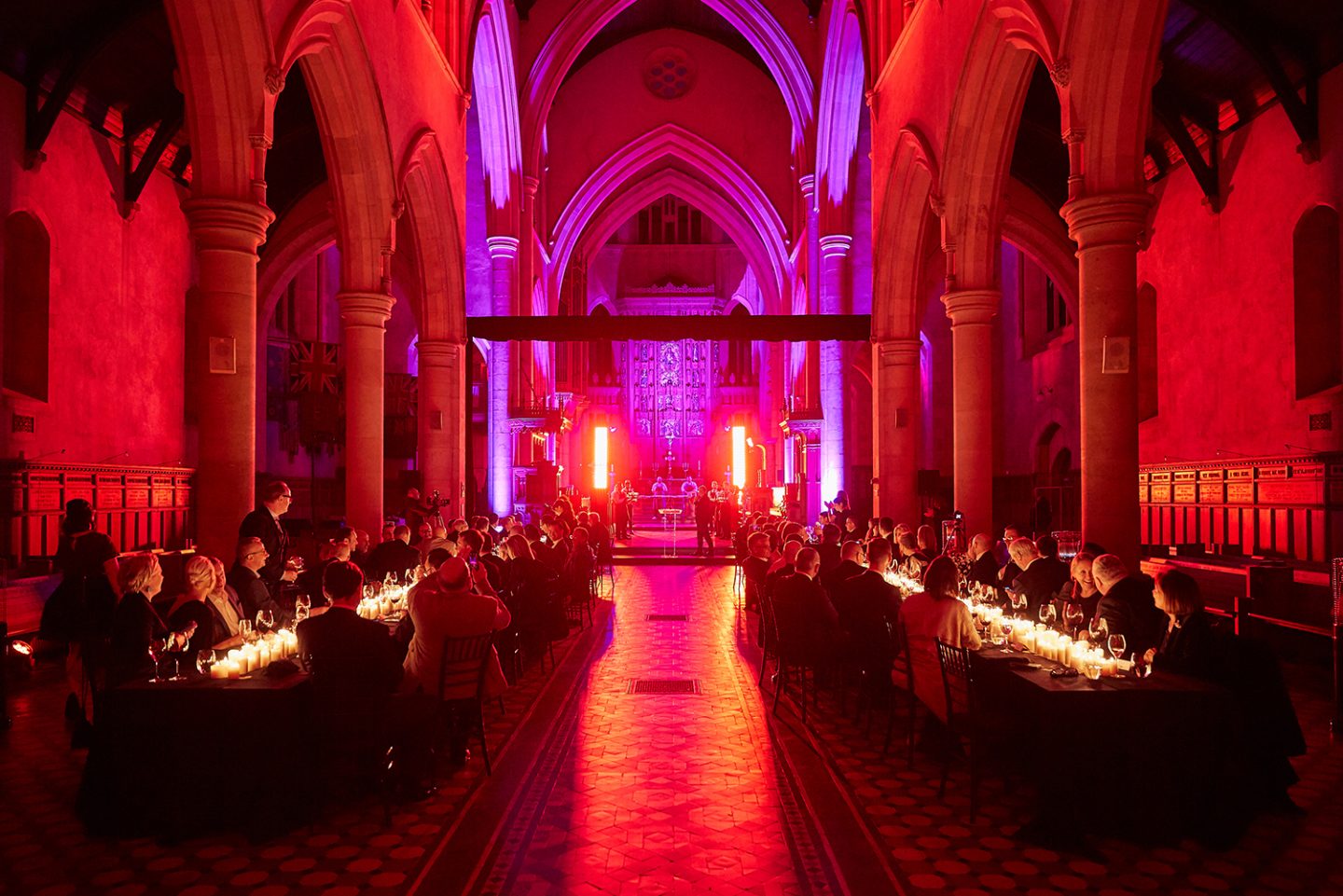
Woods Bagot’s chief executive, Nik Karalis, is leading the company into its next era of creative practice and attributes the firm’s longevity to an enduring interest in moving the purpose of architecture forward.
“What makes us different is that we’re not afraid of change,” Karalis said.
“We maintain a rigorous curiosity about advances in construction processes and the building industry, emerging technology and always, always, how people actually use space, not how we think they use space.”
Karalis says Woods Bagot has invested heavily in its own research and technology agency, SuperSpace, which uses digital design software to achieve better, more innovative and human-centric environments. The agency uses state-of-the-art digital analysis and big data to create an “emotional dimension” of how people respond to space, volume, light and darkness.
“Changing social economics and the profoundly different values of millennials require a reconstruction (of) how designers regard the built environment. I want to nudge audiences to think about this a little more carefully,” he says.
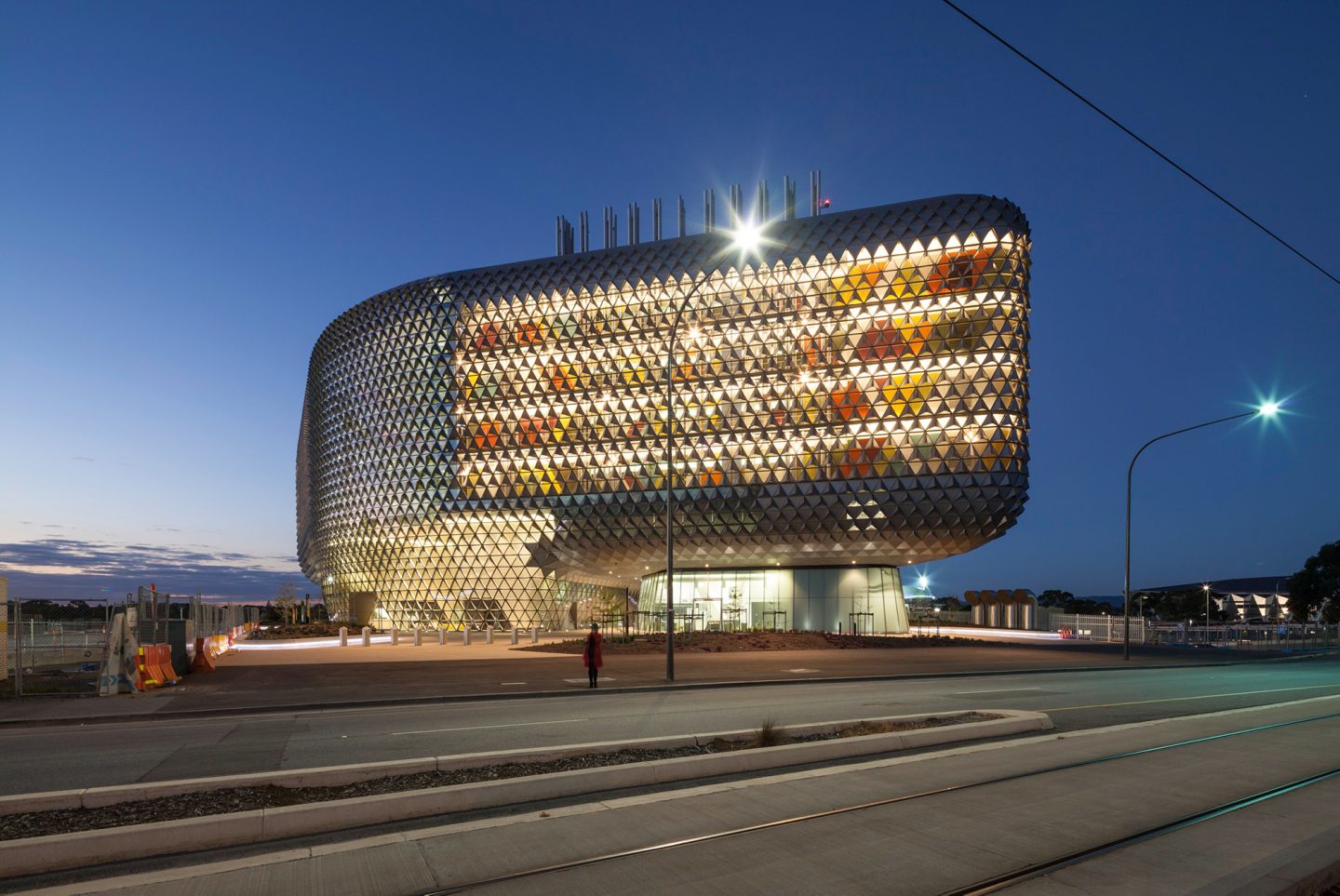
Karalis heads Woods Bagot’s operations, which includes 15 studios in Australia, Asia, Europe, the Middle East and North America. Its global studio model means it can work collaboratively across time zones and borders with the help of the latest technology.
Evans also acknowledges that technology makes it possible for JPE to collaborate with architectural studios in different time zones – and has inspired thoughts about working beyond SA.
“Adelaide will always be our headquarters but the work we love, and opportunities through meeting people with similar attitudes to us, is something we want to explore,” she says.
“It’s probably just a matter of time [before] we broaden out of Adelaide.”
As their peers at Woods Bagot have shown, it’s possible to do so without forgetting where you came from.